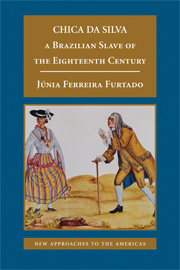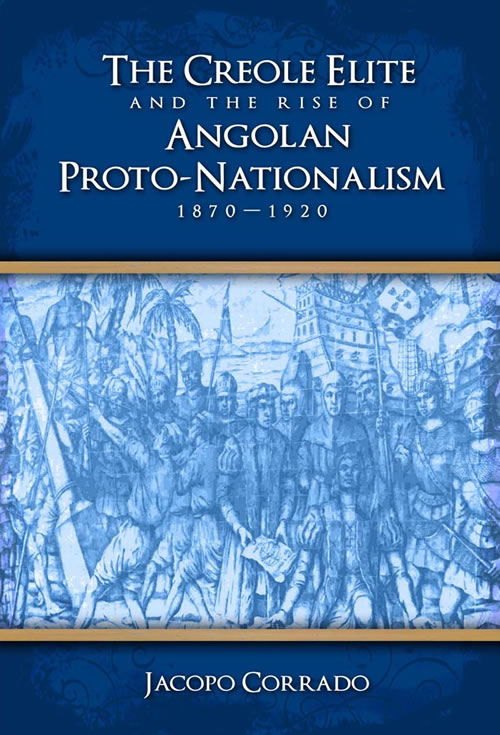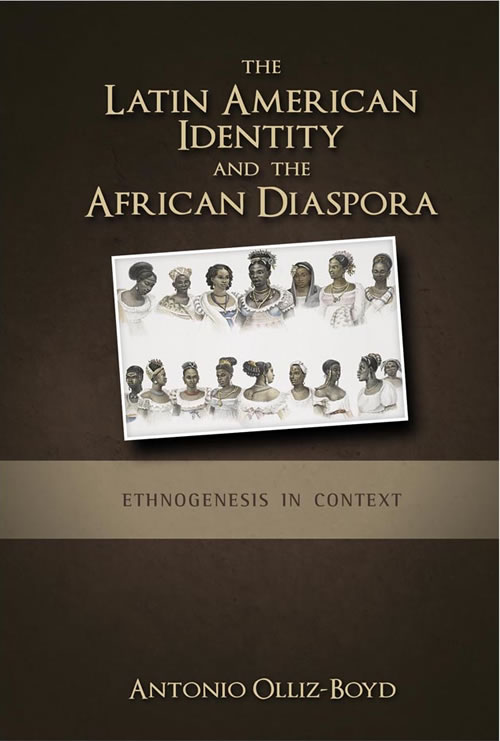[Excerpted from the chapter of the same name in the anthology, Homes and Homecomings: Gendered Histories of Domesticity and Return]
As the First World War came to a close, ‘black’ men from Britain’s overseas colonies and their white wives and lovers came to embody the fears and anxieties that gripped Britain’s economically depressed port cities. Black men were accused of taking jobs from white British men and stealing ‘their’ women. White women who partnered with black men were cast as depraved and immoral traitors, who selfishly prioritised their own sexual and material desires above the good of the nation. Working-class inter-racial couples became targets of abuse on the increasingly tense streets of Britain’s port cities and, when a series of violent race riots swept through the ports in the summer of 1919. they were largely blamed for their outbreak. White mobs, ranging in size from a few hundred to several thousand, indiscriminately attacked black men, harassed and assaulted their white partners, and destroyed the multiracial settlements they called home. In the wake of the riots, some of these couples attempted to leave their hostile environs for the British colonies, especially in West Africa and the West Indies, where many of the men in question came from. Their desire to take up residency overseas, however, led lo the immediate implementation of a policy which I call the ‘policy of prevention’, designed to keep European women married to working-class black men out of the colonies. This was especially the case for British West Africa and marked an important shift from the prewar period, when colonial social conventions and their attendant racial taboos were the primary mechanisms that, at the very least, kept European women and black men from openly liaising with one another. During the interwar period, state power was also used to ensure that the West African colonies were kept free of such couples.
While the origins of the policy of prevention are to be found in the immediate aftermath of the 1919 race riots, it continued to guide colonial authorities’ decision-making processes throughout the interwar years. By and large, it was West African men who were domiciled in Britain and married to white British women that sought in the decision-making processes of colonial authorities. It also demonstrates that in contrast to settler colonial regimes, in places like Southern Rhodesia and South Africa, the administered colonies of British West Africa stopped short of implementing the most draconian forms of sexual segregation through the use of anti-miscegenation laws and barbaric extralegal measures such as lynching. Rather, to keep the colonies free of all but a handful of wealthy inter-racial couples, colonial authorities used a combination of strategies, including denying passports to the white wives of working-class African men, refusing to pay the cost of their passage to West Africa, and classifying them as ‘undesirable immigrants’ under the provisions of the colonies’ Immigration Restriction Ordinance. While not the focus of this chapter, these strategics were complemented by earlier but comparatively less vigilant efforts on the part of colonial administrators to bring an end to the far more frequent occurrence of sexual relationships between European colonial officers and African women through the use of official anti-concubinage circulars during the early twentieth century.’ This in turn helps to underscore the importance of paying attention to the spectrum of colonial anxieties that accompanied the gendered, racial and spatial configurations of mixed race couples, as well as the forms (illicit, casual, marital) their relationships took. Indeed, if we are to use panic and bureaucratic strong-arming as yardsticks, preventing European officers from cohabiting with African women was a far less pressing issue than keeping lawfully married working-class black men and white women out of the colonies.
Reflecting on the deep-seated anxieties surrounding the existence of inter-racial unions between black men and white women during the interwar years in Britain, Lucy Bland usefully suggests that, if we are to fully understand the complexity of inter-racial relationships during this period, we must undertake the difficult work of documenting the voices of the ‘women and men who negotiated their personal and sexual relationships in the face of a barrage of both official and cultural hostility’, while paying particularly close attention to ‘their experiences, the impact of prejudice upon them, and their strategies of survival and support’. Foregrounding their experiences in our analysis of the colonial archive provides a more complete view of the various worlds these couples were attempting to negotiate. Laura Tabili has done just this by charting the thwarted struggles of a handful of British and mixed-race British-Somali women to make the British Protectorate of Somaliland their home in the face of the exclusionary practices of colonial authorities who believed that the presence of these women living intimately among ‘native’ populations posed a ‘threat to colonial, racial and gendered hierarchies, and British credibility’. In what follows, I also take up Bland’s mandate and in so doing provide a broader historical context, indeed the precedent for understanding Tabili’s work on British Somaliland, by looking at the history of mixed-race couples who sought to make home in British West Africa during the interwar years.
Riots, repatriation and the policy of prevention
Although black communities and mixed marriages in Britain long predate the First World War. during the war itself increasing numbers of black seamen came to its ports from different parts of the world to fill the labour vacuum in the shipping industry that resulted from the drafting of white British men into the military. The majority of these seamen originated from Britain’s colonies in the West Indies and West Africa, as well as from India, the British Somaliland Protectorate and Aden. While seamen from India, known as tascars, had always made up a significant number of the colonised labour hired on British vessels, the contracts they were hired under greatly restricted their ability to reside in Britain; as a result, settlement rates were highest among seamen from the West Indies. West Africa, Somaliland and Aden. Ethnic settlement patterns differed from port to port; for instance, Liverpool was inhabited’ mostly by West Indians and West Africans, while Cardiff had a higher percentage of men from Aden and Somaliland. At the close of the war, most of these men, along with considerable numbers of demobilised soldiers from Ihe colonies, remained in the country’s seafaring districts. Together, they competed with white British men for an increasingly limited number of maritime jobs.
Economic hardship in the ports, created by the post-war depression and racialiscd job competition within the shipping industry, offers a compelling explanation of the underlying cause of the riots. In Jacqueline Jenkinson’s study of the 1919 riots, she examines a series of smaller riots between January 1919 and the outbreak of major rioting in June and finds that in each of the cases racial violence was a direct result of competition over jobs. Moreover, the initial incidence of racial violence that led to the outbreak of rioting in Liverpool in June was attribuied to tensions between black seamen and white foreign labour, in this case Scandinavians, who were in direct competition with each other for jobs not already taken by white British seamen. Yet it was the notion that black men were consorting with white women that garnered the most attention from the press, local and national authorities, as well as everyday observers. The ‘sex problem’, as one newspaper dubbed it. became a primary explanatory framework for understanding, and in many cases rationalising, the impetus behind the riots. The attention given to the ‘sex problem’ by contemporary observers, including policy makers, suggests that, in addition to job competition, anxieties over race and sex played an important role in the move towards proposing repatriation as an appropriate solution to the social and economic problems deemed responsible for the riots. Indeed, within days of the major outbreak of violence in June, local and national authorities began drawing up plans to repatriate black men to the colonics in an attempt to restore calm and order (and more specifically, racial order) to the port cities. The Colonial Office, however, feared that if the repatriations were handled inappropriately, they would cause instability by returning disgruntled men to the colonies. Disturbances had already broken out in Sierra Leone as early as July 1919 over the ill-treatment of black men in the British ports.” How much more unrest could be expected if the victims of the riots, many of whom had participated in the war effort, were forcibly returned to the colonies?
Anxious about the stability of the West African colonies, the Colonial Office not only insisted that the repatriation scheme be voluntary, it was also equally adamant that the white wives of ‘natives’ should be prevented at all costs from going to West Africa with their husbands. In fact, rioting had barely come lo a stop in June 1919, and the Colonial Office had already decided to refuse repatriation facilities to black men who insisted on returning with their white wives. Given that the men in question had no funds to repatriate themselves, let alone their wives, by refusing to pay passage fees, British authorities effectively made it impossible for black men who desired joint repatriation to return lo the colonies with their white wives. On 30 July 1919, this policy was solidified during a meeting at the Ministry of Labour, which had assumed responsibility for Ihe repatriation scheme. At the special insistence of the Colonial Office, the Ministry of Labour instructed the local committees responsible for facilitating the scheme in the seven main ports (Salford, Liverpool, Cardiff, Glasgow, Hull, South Shields and London), not to repatriate black men with their white wives. As one Colonial Office adviser later put it, the ‘white wife problem’ was, as the phrase suggests, particular to white women. This is underscored by the fact that the government agreed to pay the cost of repatriating the few black men, like Joseph Queashie from the Gold Coast, who were married lo black women. It is difficult to ascertain the exact number of West Africans and their white wives who were adversely affected by this policy, but the statistical information available suggests that their numbers were by no means negligible. In a survey conducted by the Liverpool Police shortly after the riots, a total of 188 men from British West Africa were identified as residing in Liverpool. The police, however, suspected that the actual number was much higher and suggested that the lower number reported was the result of ‘an exodus of negroes from the city to inland towns since the question of repatriation arose’ and added that ‘those who have not left are probably in hiding’. As Table 1 indicates, of the 188 West African men identified, twenty-one were married, eighteen of these to white women resident in Liverpool and three to African women who resided in West Africa. Of the eighteen men married lo white women, eleven were willing t0 be repatriated back to West Africa with their white wives.
The willingness of 50 per cent of married West Africans to accept repatriation compared to 47 per cent of single West Africans indicates that the authorities were wrong in believing that marriage to white women created ties to the metropole that could not be broken as easily as those of single men. Rather, it was the authorities” policy of prevention that kept these men in Britain because it barred them from returning to the colonies with their wives. Thus, if we are to understand fully the range of different imperatives that shaped the unwillingness of West Africans to be repatriated and ultimately led to the schemes’ widely recognised failure, we must acknowledge that, in addition to unsatisfactory remuneration packages and Ihe desire, indeed the right to remain in Britain, for some West Africans the policy of prevention was also a major factor. A representative from the Local Government Board said as much when he expressed his belief that “the white wife constituted a big difficulty.” The Colonial Office’s refusal to repatriate West Africans with their white wives contrasts sharply with its concession to allow black men from other parts of the British Empire, namely West Indians, to return home with their white wives at the…


